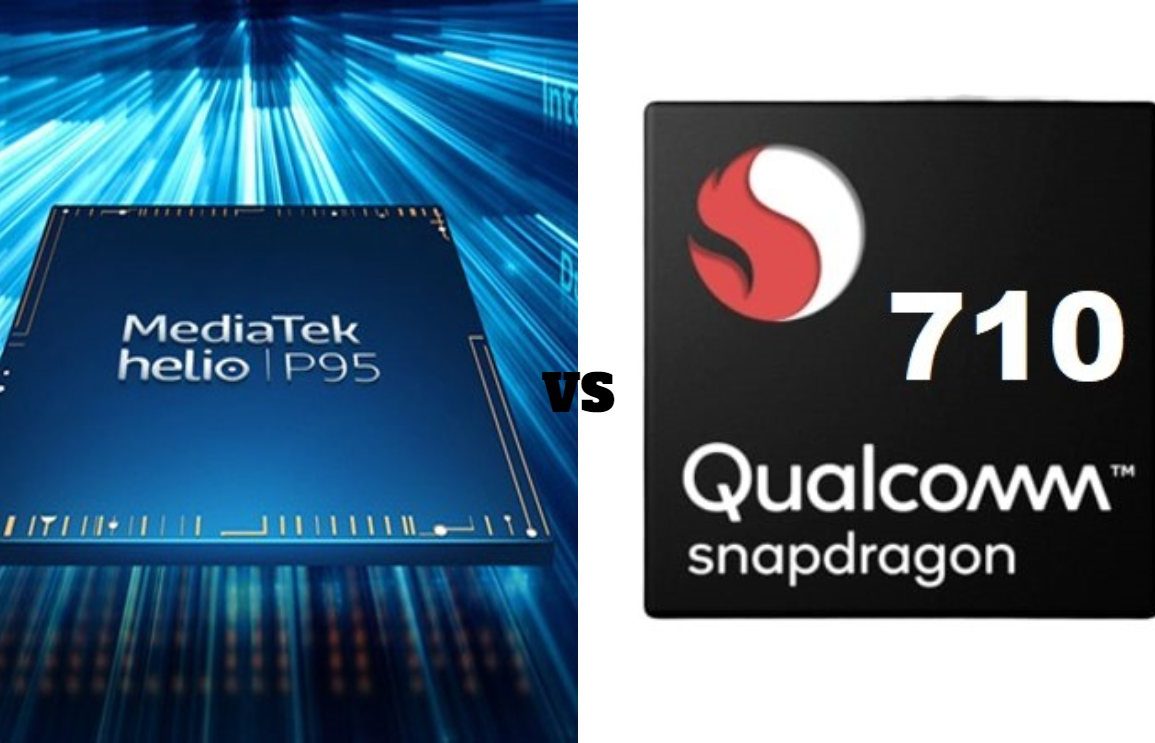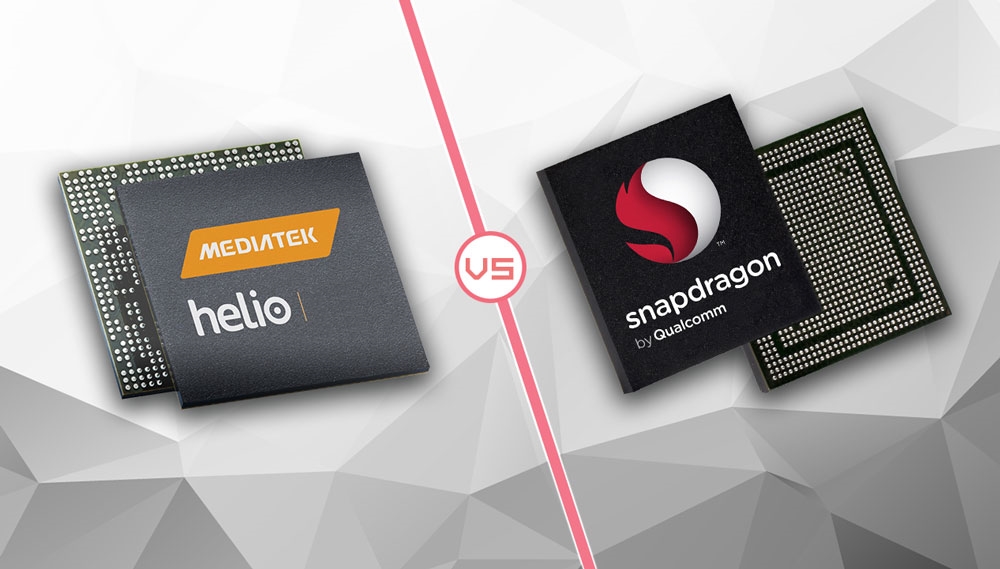
Plus it also supports graphics APIs such as Vulkan 1.0 and OpenGL ES. On the GPU end, the Snapdragon 660 houses the mid-range Adreno 512 which is designed to render graphics efficiently. Moving on to the CPU architecture, the Snapdragon 660 comprises of four semi-custom ARM Cortex-A73 ‘performance’ cores clocked at 2.2 GHz and four Cortex-A53 ‘efficiency’ cores clocked at 1.7 GHz. If we talk numbers, the 11LPP process delivers up to 15% higher performance, and at the same time reducing the area by 10%. The new 11LPP fabrication process is based on Samsung’s 10nm BEOL (Back End of Line) interconnect that results in smaller chips and borrows features from the 14nm nodes. It utilizes Samsung’s innovative 11nm fabrication process.

Now, mobile processors are adopting smaller process nodes for better power efficiency and the Snapdragon 675 follows the same path. Mostly, the mid-range processors like the Snapdragon 660 and 636 are fabricated using Samsung’s 14nm LPP FinFET process. Qualcomm Spectra 250L ISP Dual Camera up to 16 MP Single Camera up to 25 MPĭual Qualcomm Spectra 160 ISP up to 24MP and 16MP Before we begin, let us have a quick rundown of the important specs.


Helio p70 compared to snapdragon 675 upgrade#
So, is the new Snapdragon 675 a worthy upgrade over the popular Snapdragon 660 mobile processor? On paper, the chip could go toe-to-toe with Snapdragon 660, which was the first mid-range SoC to include a few features initially limited to the flagship Snapdragon 800 series.


 0 kommentar(er)
0 kommentar(er)
